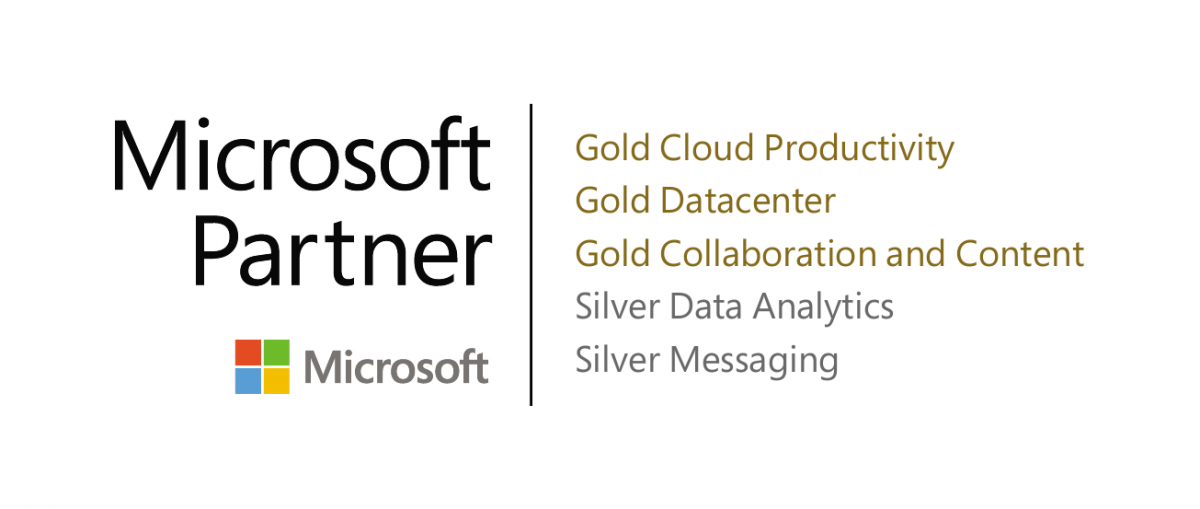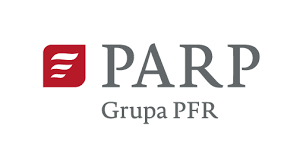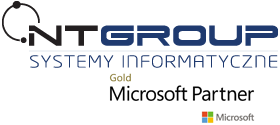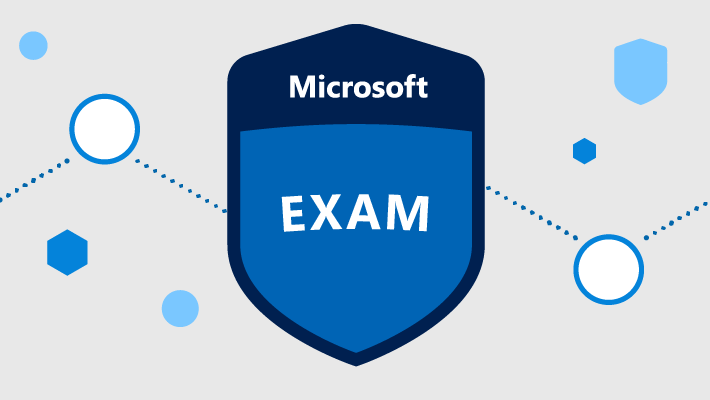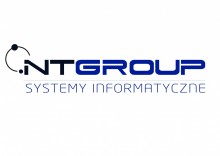Konspekt
Module 1: Identity services in Windows Server
This module introduces identity services and describes Active Directory Domain Services (AD DS) in a Windows Server environment. The module describes how to deploy domain controllers in AD DS, as well as Azure Active Directory (AD) and the benefits of integrating Azure AD with AD DS. The module also covers Group Policy basics and how to configure group policy objects (GPOs) in a domain environment.
Lessons
Introduction to AD DS
Manage AD DS domain controllers and FSMO roles
Implement Group Policy Objects
Manage advanced features of AD DS
Lab : Implementing identity services and Group Policy
- Deploying a new domain controller on Server Core
- Configuring Group Policy
After completing this module, students will be able to:
Describe AD DS in a Windows Server environment.
Deploy domain controllers in AD DS.
Describe Azure AD and benefits of integrating Azure AD with AD DS.
Module 2: Implementing identity in hybrid scenarios
This module discusses how to configure an Azure environment so that Windows IaaS workloads requiring Active Directory are supported. The module also covers integration of on-premises Active Directory Domain Services (AD DS) environment into Azure. Finally, the module explains how to extend an existing Active Directory environment into Azure by placing IaaS VMs configured as domain controllers onto a specially configured Azure virtual network (VNet) subnet.
Lessons
Implement hybrid identity with Windows Server
Deploy and manage Azure IaaS Active Directory domain controllers in Azure
Lab : Implementing integration between AD DS and Azure AD
- Preparing Azure AD for AD DS integration
- Preparing on-premises AD DS for Azure AD integration
- Downloading, installing, and configuring Azure AD Connect
- Verifying integration between AD DS and Azure AD
- Implementing Azure AD integration features in AD DS
After completing this module, students will be able to:
Integrate on-premises Active Directory Domain Services (AD DS) environment into Azure.
Install and configure directory synchronization using Azure AD Connect.
Implement and configure Azure AD DS.
Implement Seamless Single Sign-on (SSO).
Implement and configure Azure AD DS.
Module 3: Windows Server Administration
This module describes how to implement the principle of least privilege through Privileged Access Workstation (PAW) and Just Enough Administration (JEA). The module also highlights several common Windows Server administration tools, such as Windows Admin Center, Server Manager, and PowerShell. This module also describes the post-installation confguration process and tools available to use for this process, such as sconfig and Desired State Configuration (DSC).
Lessons
Perform Windows Server secure administration
Describe Windows Server administration tools
Perform post-installation configuration of Windows Server
Just Enough Administration in Windows Server
Lab : Managing Windows Server
- Implementing and using remote server administration
After completing this module, students will be able to:
Explain least privilege administrative models.
Decide when to use privileged access workstations.
Select the most appropriate Windows Server administration tool for a given situation.
Apply different methods to perform post-installation configuration of Windows Server.
Constrain privileged administrative operations by using Just Enough Administration (JEA).
Module 4: Facilitating hybrid management
This module covers tools that facilitate managing Windows IaaS VMs remotely. The module also covers how to use Azure Arc with on-premises server instances, how to deploy Azure policies with Azure Arc, and how to use role-based access control (RBAC) to restrict access to Log Analytics data.
Lessons
Administer and manage Windows Server IaaS virtual machines remotely
Manage hybrid workloads with Azure Arc
Lab : Using Windows Admin Center in hybrid scenarios
- Provisioning Azure VMs running Windows Server
- Implementing hybrid connectivity by using the Azure Network Adapter
- Deploying Windows Admin Center gateway in Azure
- Verifying functionality of the Windows Admin Center gateway in Azure
After completing this module, students will be able to:
Select appropriate tools and techniques to manage Windows IaaS VMs remotely.
Explain how to onboard on-premises Windows Server instances in Azure Arc.
Connect hybrid machines to Azure from the Azure portal.
Use Azure Arc to manage devices.
Restrict access using RBAC.
Module 5: Hyper-V virtualization in Windows Server
This modules describes how to implement and configure Hyper-V VMs and containers. The module covers key features of Hyper-V in Windows Server, describes VM settings, and how to configure VMs in Hyper-V. The module also covers security technologies used with virtualization, such as shielded VMs, Host Guardian Service, admin-trusted and TPM-trusted attestation, and Key Protection Service (KPS). Finally, this module covers how to run containers and container workloads, and how to orchestrate container workloads on Windows Server using Kubernetes.
Lessons
Configure and manage Hyper-V
Configure and manage Hyper-V virtual machines
Secure Hyper-V workloads
Run containers on Windows Server
Orchestrate containers on Windows Server using Kubernetes
Lab : Implementing and configuring virtualization in Windows Server
- Creating and configuring VMs
- Installing and configuring containers
After completing this module, students will be able to:
Install and configure Hyper-V on Windows Server.
Configure and manage Hyper-V virtual machines.
Use Host Guardian Service to protect virtual machines.
Create and deploy shielded virtual machines.
Configure and manage container workloads.
Module 6: Deploying and configuring Azure VMs
This module describes Azure compute and storage in relation to Azure VMs, and how to deploy Azure VMs by using the Azure portal, Azure CLI, or templates. The module also explains how to create new VMs from generalized images and use Azure Image Builder templates to create and manage images in Azure. Finally, this module describes how to deploy Desired State Configuration (DSC) extensions, implement those extensions to remediate noncompliant servers, and use custom script extensions.
Lessons
Plan and deploy Windows Server IaaS virtual machines
Customize Windows Server IaaS virtual machine images
Automate the configuration of Windows Server IaaS virtual machines
Lab : Deploying and configuring Windows Server on Azure VMs
- Authoring Azure Resource Manager (ARM) templates for Azure VM deployment
- Modifying ARM templates to include VM extension-based configuration
- Deploying Azure VMs running Windows Server by using ARM templates
- Configuring administrative access to Azure VMs running Windows Server
- Configuring Windows Server security in Azure VMs
After completing this module, students will be able to:
Create a VM from the Azure portal and from Azure Cloud Shell.
Deploy Azure VMs by using templates.
Automate the configuration of Windows Server IaaS VMs.
Detect and remediate noncompliant servers.
Create new VMs from generalized images.
Module 7: Network infrastructure services in Windows Server
This module describes how to implement core network infrastructure services in Windows Server, such as DHCP and DNS. This module also covers how to implement IP address managment and how to use Remote Access Services.
Lessons
Deploy and manage DHCP
Implement Windows Server DNS
Implement IP address management
Implement remote access
Lab : Implementing and configuring network infrastructure services in Windows Server
- Deploying and configuring DHCP
- Deploying and configuring DNS
After completing this module, students will be able to:
Implement automatic IP configuration with DHCP in Windows Server.
Deploy and configure name resolution with Windows Server DNS.
Implement IPAM to manage an organization’s DHCP and DNS servers, and IP address space.
Select, use, and manage remote access components.
Module 8: Implementing hybrid networking infrastructure
This module describes how to connect an on-premises environment to Azure and how to configure DNS for Windows Server IaaS virtual machines. The module covers how to choose the appropriate DNS solution for your organization’s needs, and run a DNS server in a Windows Server Azure IaaS VM. Finally, this module covers how to manage manage Microsoft Azure virtual networks (VNets) and IP address configuration for Windows Server infrastructure as a service (IaaS) virtual machines.
Lessons
Implement hybrid network infrastructure
Implement DNS for Windows Server IaaS VMs
Implement Windows Server IaaS VM IP addressing and routing
Lab : Implementing Windows Server IaaS VM networking
- Implementing virtual network routing in Azure
- Implementing DNS name resolution in Azure
After completing this module, students will be able to:
Implement an Azure virtual private network (VPN).
Configure DNS for Windows Server IaaS VMs.
Run a DNS server in a Windows Server Azure IaaS VM.
Create a route-based VPN gateway using the Azure portal.
Implement Azure ExpressRoute.
Implement an Azure wide area network (WAN).
Manage Microsoft Azure virtual networks (VNets).
Module 9: File servers and storage management in Windows Server
This module covers the core functionality and use cases of file server and storage management technologies in Windows Server. The module discusses how to configure and manage the Windows File Server role, and how to use Storage Spaces and Storage Spaces Direct. This module also covers replication of volumes between servers or clusters using Storage Replica.
Lessons
Manage Windows Server file servers
Implement Storage Spaces and Storage Spaces Direct
Implement Windows Server Data Deduplication
Implement Windows Server iSCSI
Implement Windows Server Storage Replica
Lab : Implementing storage solutions in Windows Server
- Implementing Data Deduplication
- Configuring iSCSI storage
- Configuring redundant Storage Spaces
- Implementing Storage Spaces Direct
After completing this module, students will be able to:
Configure and manage the Windows Server File Server role.
Protect data from drive failures using Storage Spaces.
Increase scalability and performance of storage management using Storage Spaces Direct.
Optimize disk utilization using Data DeDuplication.
Configure high availability for iSCSI.
Enable replication of volumes between clusters using Storage Replica.
Module 10: Implementing a hybrid file server infrastructure
This module introduces Azure file services and how to configure connectivity to Azure Files. The module also covers how to deploy and implement Azure File Sync to cache Azure file shares on an on-premises Windows Server file server. This module also describes how to manage cloud tiering and how to migrate from DFSR to Azure File Sync.
Lessons
Overview of Azure file services
Implementing Azure File Sync
Lab : Implementing Azure File Sync
- Implementing DFS Replication in your on-premises environment
- Creating and configuring a sync group
- Replacing DFS Replication with File Sync–based replication
- Verifying replication and enabling cloud tiering
- Troubleshooting replication issues
After completing this module, students will be able to:
Configure Azure file services.
Configure connectivity to Azure file services.
Implement Azure File Sync.
Deploy Azure File Sync
Manage cloud tiering.
Migrate from DFSR to Azure File Sync.
Use Storage Replica to provide resiliency for data hosted on Windows Servers volumes.
Manage IP address configuration for Windows Server IaaS virtual machines (VMs).
Implement Web Application Proxy (WAP) as a reverse proxy for internal web applications.
Use Azure Image Builder templates to create and manage images in Azure.
Orchestrate container workloads using a Kubernetes cluster.
Install a new AD DS forest on an Azure VNet.
Explain Group Policy basics and configure GPOs in a domain environment.

